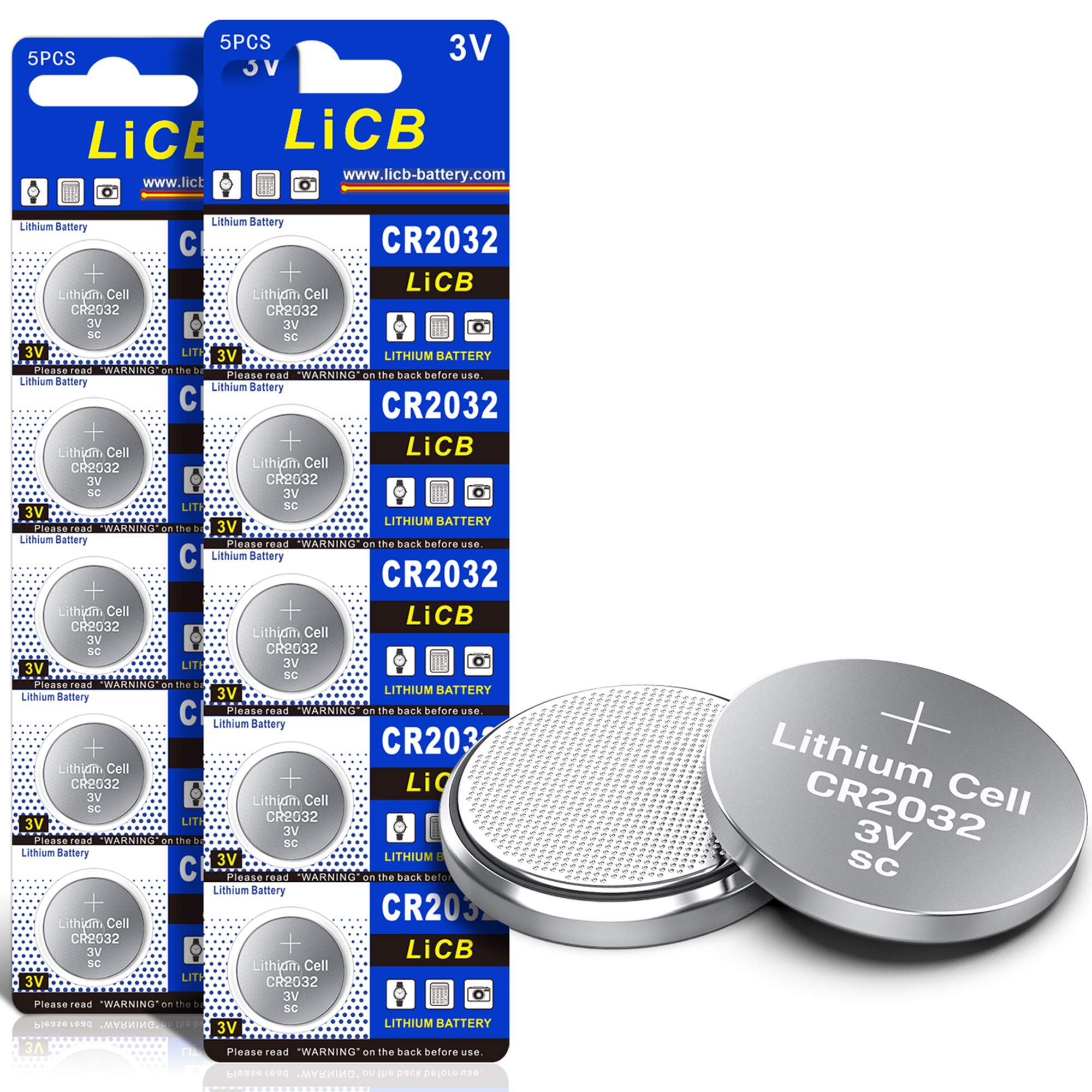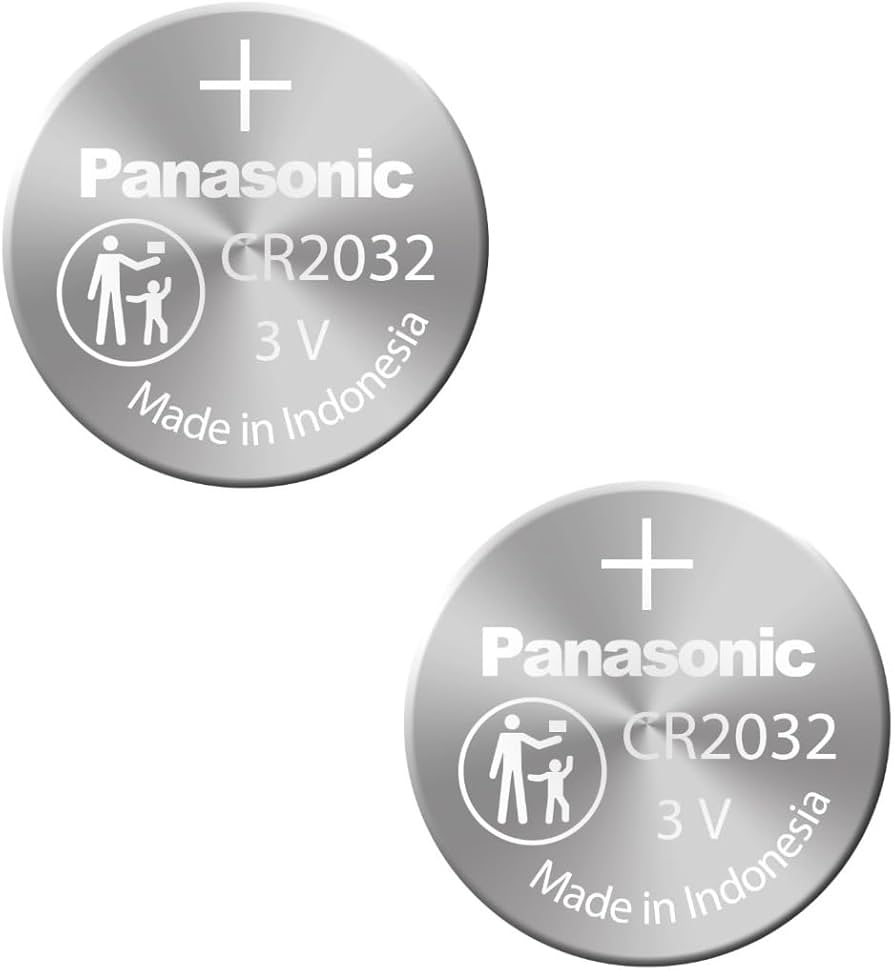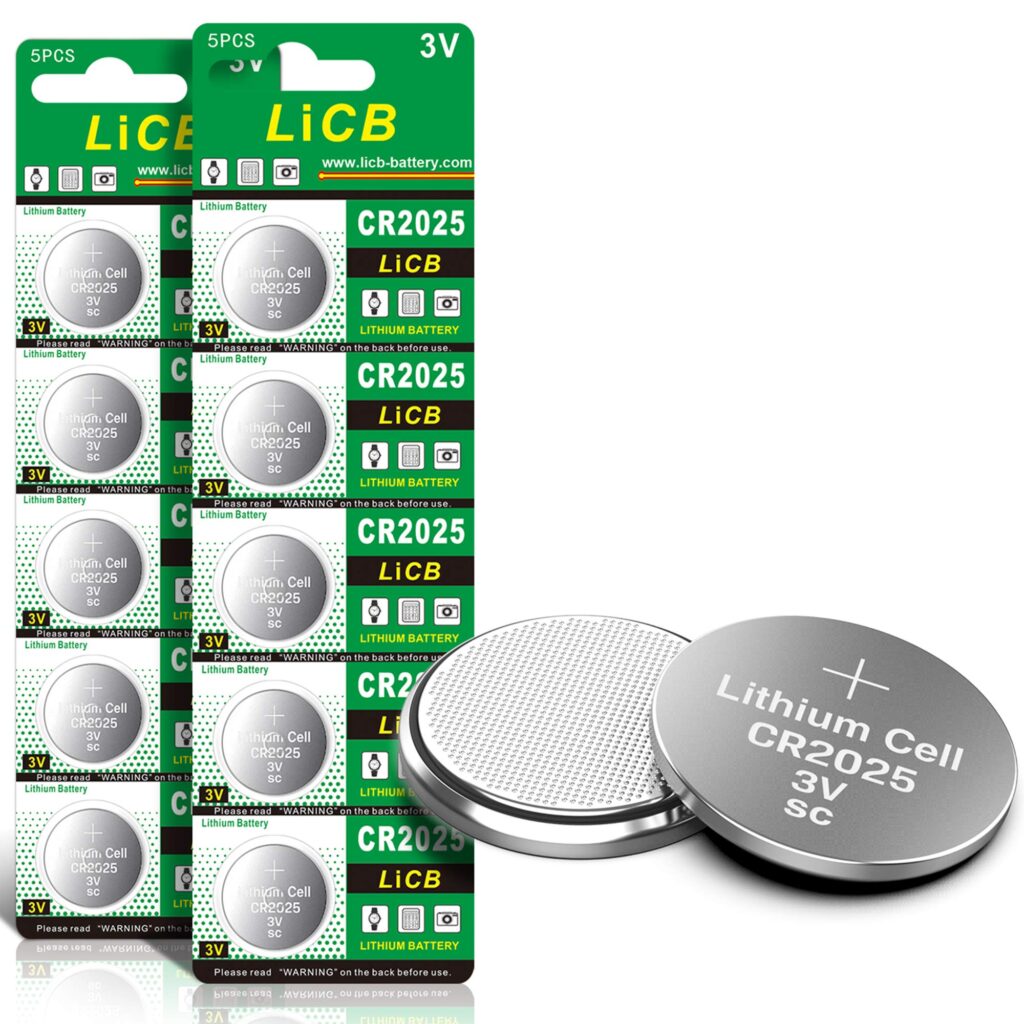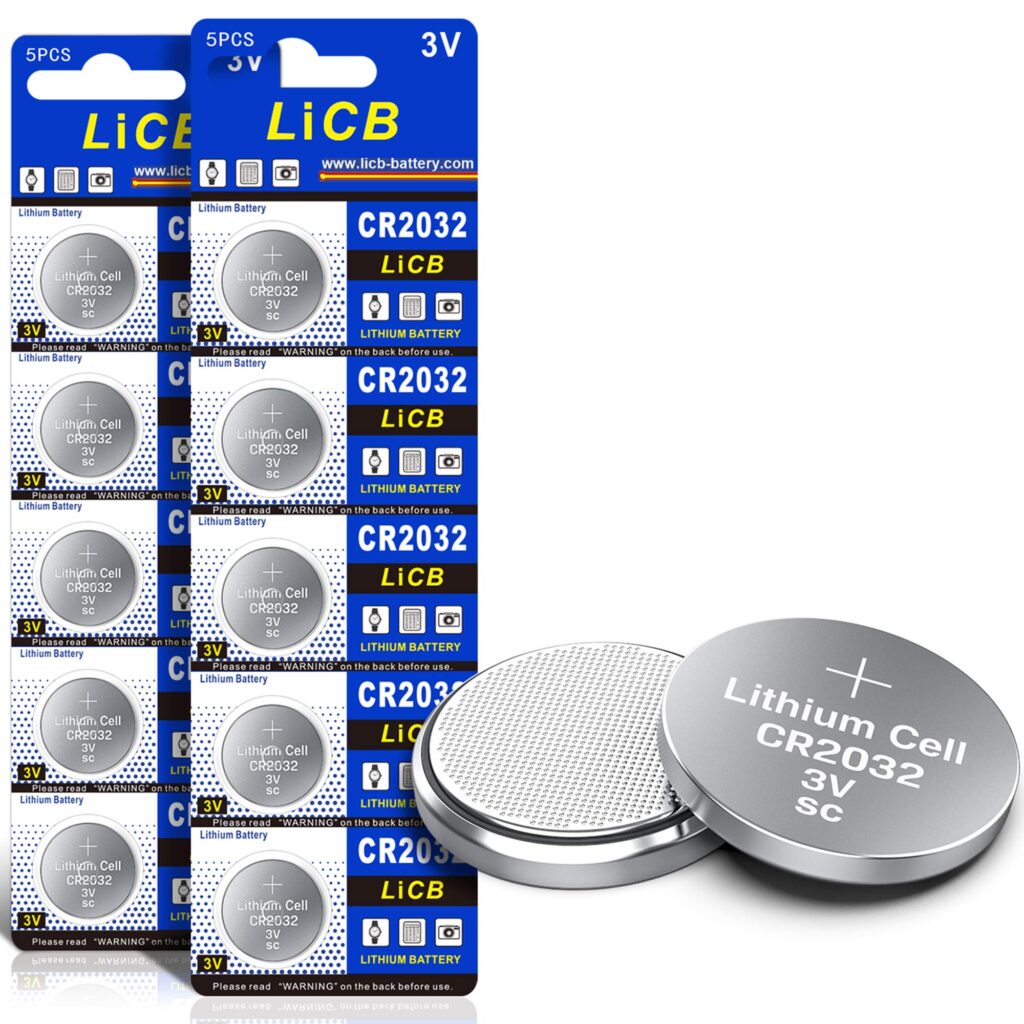The CR2032 and CR2032L batteries are two popular coin-cell batteries that are widely used in a variety of electronic devices, including remote controls, watches, calculators, and medical devices. These batteries are prized for their compact size, reliable performance, and long shelf life. Understanding the differences between the CR2032 and the CR2032L is essential for consumers looking to make an informed purchase decision.
Coin-cell batteries like the CR2032 and CR2032L are often chosen for their ability to provide a stable voltage output over extended periods. Despite their small size, they pack a substantial amount of energy, making them ideal for low-drain devices. The CR2032 is a standard lithium battery, whereas the CR2032L is a variant that is sometimes marketed as a low-discharge version. This article will explore the subtle distinctions between these two batteries to help you decide which one best meets your needs.
Detailed Comparison Table
| Feature | CR2032 | CR2032L |
|---|---|---|
| Image |  |
 |
| Voltage | 3V | 3V |
| Capacity | 220mAh | 230mAh |
| Diameter | 20mm | 20mm |
| Thickness | 3.2mm | 3.2mm |
| Self-discharge rate | Low | Very Low |
| Operating Temperature | -20°C to +60°C | -20°C to +60°C |
Informative Explanation of Features and Specifications of Both Products
The CR2032 battery is a well-established power source known for its 3V output and 220mAh capacity. It is designed to deliver consistent energy and is often used in devices that require a long-lasting power supply. Its 20mm diameter and 3.2mm thickness make it a standard size for coin-cell batteries, ensuring compatibility with a wide range of devices. The CR2032 offers a low self-discharge rate, which helps enhance its shelf life, ensuring that it remains functional over several years if unused.
On the other hand, the CR2032L shares similar dimensions and voltage as the CR2032 but offers a marginally higher capacity of 230mAh. This slightly increased capacity allows it to power devices for a bit longer than the standard CR2032. The key distinction lies in its self-discharge rate, which is even lower than that of the CR2032. This makes the CR2032L particularly suitable for applications where the battery will remain in place for long periods with minimal usage.
Both batteries perform well within a temperature range of -20°C to +60°C, making them suitable for various environmental conditions. The choice between them often comes down to specific application needs, where the CR2032L may offer a slight edge in longevity and efficiency.
Differences Between Products
While the CR2032 and CR2032L batteries appear nearly identical, there are subtle differences that can influence their suitability for specific applications. The primary distinction between the two lies in their self-discharge rates and capacity. The CR2032L is designed to have a very low self-discharge rate, which means it retains its charge more effectively over time than the standard CR2032. This characteristic is particularly advantageous in applications where the battery is expected to remain idle for extended periods.
Another difference is the slight variation in capacity. The CR2032Ls 230mAh capacity, although only a 10mAh increase over the CR2032, can translate to longer operational times in low-drain devices. This can be a significant factor in applications where replacing batteries frequently is inconvenient or costly.
In summary, while both batteries provide the same voltage and physical dimensions, the CR2032L offers a better longevity profile, making it a preferred choice for applications where reducing battery replacements is critical. However, for most general-purpose uses, the CR2032 remains a reliable and cost-effective option.
Pros and Cons Section
CR2032

- Pros:
- Widely available and affordable
- Reliable 3V output suitable for many devices
- Low self-discharge rate, ensuring a long shelf life
- Cons:
- Lower capacity compared to CR2032L
- May not last as long in low-drain applications
CR2032L

- Pros:
- Higher capacity for extended device operation
- Extremely low self-discharge rate
- Better suited for long-term applications
- Cons:
- Potentially higher cost than CR2032
- May not be as readily available as standard CR2032
Performance Evaluation and User Experience
In performance evaluations, both the CR2032 and CR2032L have demonstrated reliable outputs that meet the needs of various low-drain devices. Users often report satisfaction with the longevity and reliability of the CR2032 in everyday items like watches and remote controls. Its affordability and widespread availability make it a go-to choice for general use. Users appreciate its consistent performance and the convenience it provides.
The CR2032L, while slightly more expensive, tends to receive praise for its extended life, particularly in devices that are used infrequently. Users who have switched from the standard CR2032 to the CR2032L often note a noticeable improvement in the time between battery changes, which can be a significant advantage in hard-to-reach or sealed devices. The very low self-discharge rate is a compelling feature, especially for those who prioritize battery longevity over initial cost.
Overall, user experiences suggest that while both batteries perform admirably, the choice largely depends on the specific requirements of the device in question. For applications where extended battery life is crucial, the CR2032L is often worth the additional investment.
Final Recommendation and Conclusion
In conclusion, both the CR2032 and CR2032L batteries provide dependable power solutions for a range of electronic devices. The CR2032 remains a staple due to its balance of cost-effectiveness and reliable performance. It is ideal for general-purpose applications where the battery is expected to be replaced periodically.
However, for those seeking enhanced longevity and superior energy retention, the CR2032L offers distinct advantages. Its higher capacity and very low self-discharge rate make it an excellent choice for applications where battery replacement is challenging or where devices are used sporadically over long periods.
Ultimately, the decision between the CR2032 and CR2032L should be guided by the specific demands of the device and the users priorities regarding performance and budget. Both batteries are excellent choices, and with the right selection, users can ensure optimal device operation and prolonged power availability.


